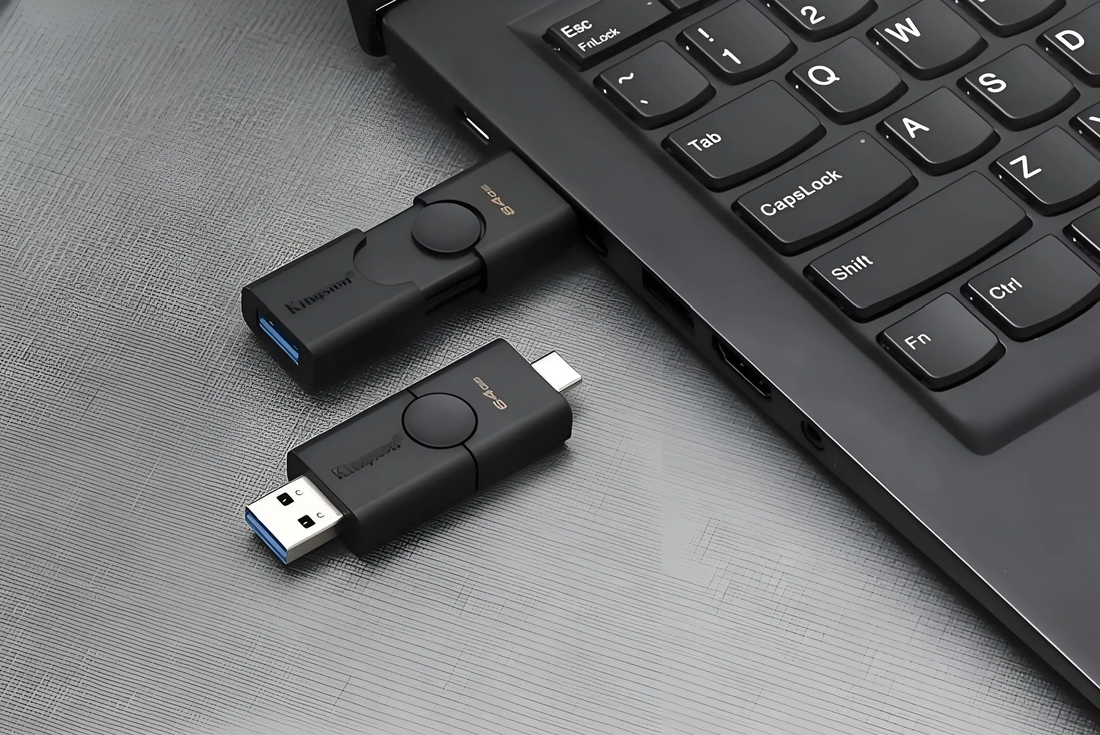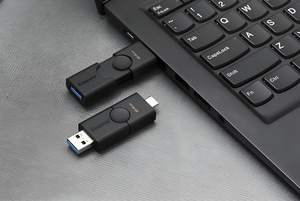
USB flash drive inspection standards, inspection and factory certification services for product quality assessment
For many office workers, USB drives remain a practical tool for storing and carrying important data. Compared to cloud storage, their offline security is more favored. To ensure the quality and reliability of USB drive products, manufacturers and purchasers need to strictly implement the entire process of quality control from factory inspection to final product inspection. Based on industry standards and actual inspection experience, this article systematically introduces the inspection items, inspection methods, and key quality concerns of USB drives, which is suitable for use by quality engineers, inspectors, and supply chain managers.
I. Factory Audit and Quality System Requirements
Before mass production, it is recommended to conduct supplier evaluation and pre-production factory inspection to assess whether the factory has a complete quality management system (such as ISO 9001 certification), and whether it implements standardized incoming material inspection (IQC), process inspection (IPQC), and final inspection (FRI) procedures. The inspectors should confirm the product specification sheet, customer approved samples, and applicable standards (such as AQL sampling plan) in advance, and prepare the necessary tools and equipment for testing.
II. Preparations before Testing
Confirm that the USB interface of the testing computer functions normally and that the expansion Hub operates stably;
Install the necessary testing software: antivirus software, read/write speed testing tools (such as CrystalDiskMark, ATTO), chip detection tools (such as ChipGenius), capacity verification tools (such as H2testw).
Prepare the tools for screen printing and label durability tests (such as friction testers, tapes);
Clarify the customer's requirements for disk format (such as FAT32, exFAT, NTFS).
III. On-site Inspection Items and Execution Methods
1. Comprehensive Inspection Items (Appearance and Basic Functionality):
The outer box should be clean and undamaged, and the color box or plastic wrap packaging should be intact and undamaged;
The USB drive is connected to the computer normally and can be correctly recognized and read/written.
Check the actual available capacity of the USB drive and verify whether it is consistent with the nominal capacity.
Check whether the pre-stored files in the USB drive are complete and free of any abnormalities.
Carry out data transmission tests to verify whether operations such as copying and deletion proceed smoothly;
Perform a comprehensive scan using antivirus software to ensure there are no viruses or malicious programs.
2. Special inspection items (3 units per item):
Full-capacity copy test: Write data to the USB drive until it is full, and verify whether the actual storage space matches the nominal value;
Read-write speed test: Use professional software (such as BENCHMARK) to test sequential read/write and 4K performance, record the results and compare them with the standards;
Validation of actual capacity effectiveness: Conduct write and verification tests using the H2test tool to identify false capacity chips such as "black chips" and "upgrade chips".
System compatibility test: Test and identify the recognition and reading/writing functions in systems such as Windows and macOS.
Screen printing and label durability: Conduct friction tests according to general standards to check if the printing has come off;
Barcode readability: Randomly sample and scan the barcodes on the outer boxes and color boxes to confirm that they can be correctly recognized.
3. Reliability and Special Tests:
General aging test: Continuous read and write for 2 to 4 hours, with data transmission performed once per hour to check for heat generation and functional stability;
Drop test: Conduct packaging drop tests in accordance with ISTA standards or as per customer requirements to evaluate the product's impact resistance capability.
Structural assembly inspection: Check if the USB cap is loose, if the shell is cracked, and if the screws are missing.
4. Confirmation of inspection items (1 unit is selected for each item):
Disassemble the machine to inspect the internal PCB process, solder joint quality, and component installation status;
Record the model of the main control chip and the NAND flash memory, and verify the consistency with the customer's sample.
Measure the dimensions and gross weight of the outer box, for use in logistics and packaging evaluations;
Verify the PCB version number to ensure it is consistent with the BOM.
IV. Classification of Common Defects (Based on AQL Standards)
Serious Defects (Critical Defects): Unidentifiable, Unformatable, Severe Capacity Mislabeling (such as upgrade chips/black chips), USB cap detachment, Virus contamination;
Major Defects: Failure to meet the reading and writing speed requirements, transmission interruption, system incompatibility, cracked casing;
Minor Defects: Slight ink blurring, slightly skewed packaging labels, minor scratches or dirt on the appearance.
V. Summary and Recommendations
USB drive inspection is a professional task that integrates functional, performance, reliability and security tests. Besides the routine sampling inspection, it is recommended that enterprises strengthen quality audits of the supply chain and conduct independent verification of high-risk batches through third-party inspection services on a regular basis. In particular, attention should be paid to the source of chips, consistency of actual capacity and system compatibility to prevent false capacity products from entering the market.
Only by integrating supplier management, production process control and product inspection can we effectively ensure the functional reliability and data security of USB flash drives, and enhance user trust and brand reputation.
分享这个商品

USB flash drive inspection standards, inspection and factory certifica
For many office workers, USB drives are tools for storing and carrying important data. Compared to cloud storage, their offline security is more favored.
